Even when you do not see them, the slabs are tied with networks of microcracks resulting from common shrinkage. When new concrete hardens, shrinkage always occurs. And because concrete is not an elastic material, cracks are inevitable and are rarely a cause for concern. Tight cracks are common in concrete slabs.
In general, if the crack is stable and does not leak water, it does not indicate a structural problem. In most cases, these are shrinkage cracks that formed when the concrete cured. You can expect shrinkage and cracks in the base of the slab, and these are very common. They generally do not compromise the structural integrity of the home.
Because of moisture, things like hardwood floors, moldings, and wooden frames can shrink and acclimate to lower indoor humidity. Similarly, with temperature changes, expansion and contraction can occur daily and seasonally. Although there are many reasons for concrete slabs to crack, most do not lead to serious structural or foundation problems; however, there are times when cracks are a warning sign of fundamental or other problems. In these cases, the homeowner or buyer must check a number of other things about the home to help determine the severity.
Cracks in concrete are common and develop when stresses in concrete exceed its strength. Cracks are often caused by normal shrinkage of concrete as it hardens and dries. Concrete cracks can range from being non-structural and unsightly to being detrimental to the structural integrity and safety of a building. Cracks in concrete are common and develop when stresses in concrete exceed its strength.
Concrete cracks can range from being a non-structural and unsightly crack to being detrimental to the structural integrity and safety of a building. It is natural to worry about cracks in freshly poured concrete. The truth is that some cracks are unavoidable due to the structure of the surface. Let's go deeper into the reason why fresh concrete can crack.
If those tracks of the actual base settlement and the movement of the foundations are absent, you are more likely to see a settlement on the concrete slab itself. Control joints are pre-planned and installed to prevent concrete cracking due to shrinkage during curing. Reinforced concrete structures degrade over time and exposure to the environment, especially if that environment contains salts. There are very few methods available to mitigate additional damage to concrete structures that are already affected by ASR-induced expansion and cracking, but there are some methods that have demonstrated some success in the ongoing ASR slowdown.
If you notice uneven cracks larger than 1 inch, it's often a sign of a bigger problem that requires you to invest in the cost of repairing your sidewalk or driveway or even replacing it. Low viscosity epoxy resin is mainly used for the repair of structural cracks when future movements (latent cracks) are not anticipated. Plastic settling cracks are formed while the concrete is still plastic, during the initial setting of the concrete. Synthetic fiber additives can help reduce these types of cracks, but they do little once the concrete has cured.
When the Alkaline-Carbonate Reaction (ACR) occurs in concrete, it is due to the result of recrystallization of dolomitic rock or dolomitic limestone, which are associated with expansion that causes concrete to deteriorate. However, a crack should be inspected and diagnosed to classify the severity of the crack, the cause of the crack, whether it is latent or alive, in order to determine the most effective repair method. The key to successful crack repair is to understand the causes of cracks and also whether the cracks are latent or active. The concrete contractor intentionally places a cold joint in the concrete when pouring concrete.
However, a qualified and licensed professional should be consulted to classify the severity of the crack and properly investigate the cause of the crack and determine the most effective repair method if necessary. When a hole for the service pipe is drilled through the concrete, the coring process can damage the structure of the concrete by creating cracks. Despite being a potential weak link that can cause service problems, construction joints are, in many situations, a necessary requirement when there are multiple concrete placements. Carbonation-induced corrosion often occurs in areas of building facades that are exposed to rain, shaded from sunlight, and have little concrete coverage on reinforcing steel.
. .
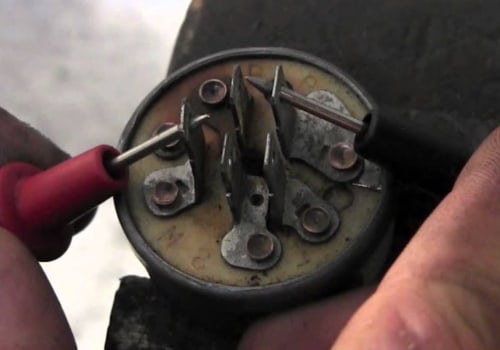
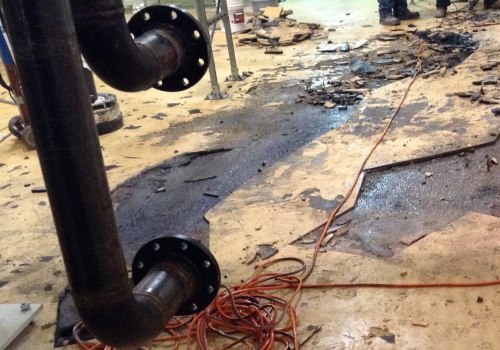
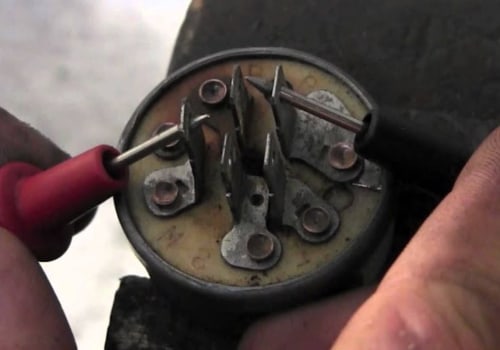
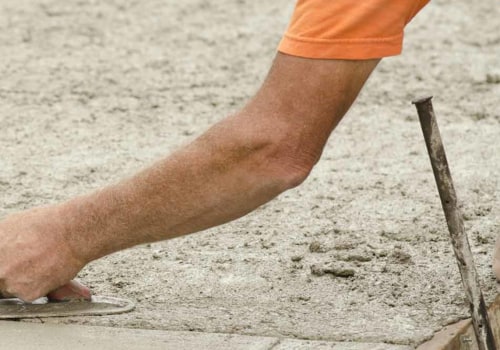
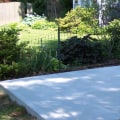


Leave Reply